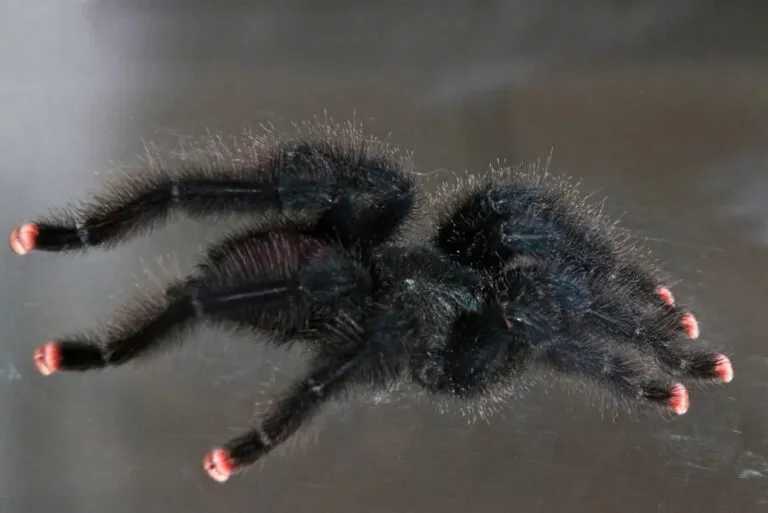Caring for a pink toe tarantula involves several key aspects, and one of the most critical is maintaining the correct temperature. These beautiful arboreal tarantulas, known for their vibrant colors and docile nature, thrive in specific environmental conditions. Understanding and regulating the temperature in their enclosure is vital for their health, well-being, and longevity. This guide provides a quick and comprehensive overview of the temperature requirements for your pink toe tarantula, ensuring you create the perfect habitat for your fascinating pet.
Understanding Pink Toe Tarantula Temperature
Temperature is more than just a number; it directly impacts a pink toe tarantula’s metabolism, activity levels, and overall health. These fascinating creatures are ectothermic, meaning they rely on external sources to regulate their body temperature. Therefore, the temperature within their enclosure must mimic their natural habitat’s conditions to ensure they can function properly. A poorly maintained temperature can lead to a variety of health problems, including poor appetite, lethargy, and even premature death. Proper temperature management is a fundamental aspect of responsible tarantula ownership.
Why Temperature Matters for Pink Toe Tarantulas
Temperature plays a crucial role in several biological processes. It directly affects their metabolism, which dictates how efficiently they process food and absorb nutrients. An appropriate temperature range ensures optimal digestion and energy utilization. Moreover, temperature influences their activity levels. When the temperature is within the ideal range, pink toe tarantulas are more likely to display their natural behaviors, such as exploring their enclosure, hunting, and interacting with their environment. Inadequate temperatures can result in inactivity and a decline in their overall well-being.
Impact of Temperature on Activity and Health
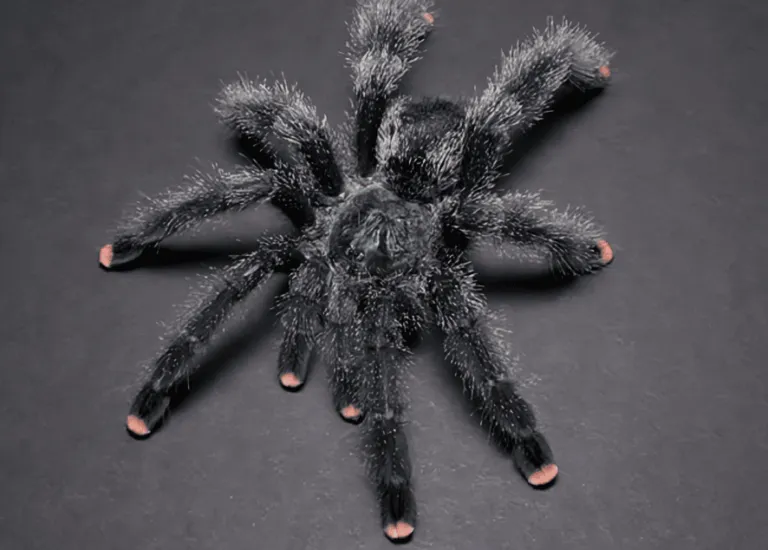
The impact of temperature on activity and health is substantial. Incorrect temperatures can lead to various health issues. For example, a tarantula kept in a consistently cold environment might experience a slowed metabolism, reduced appetite, and lethargy. Conversely, excessive heat can cause dehydration, stress, and potentially fatal heatstroke. A tarantula’s ability to molt successfully is also influenced by temperature. Maintaining the appropriate temperature range is essential for facilitating healthy molting, allowing the tarantula to shed its exoskeleton and grow.
Ideal Temperature Range for Pink Toe Tarantulas
Replicating the natural habitat of a pink toe tarantula is key to providing the best care. These tarantulas thrive in a warm, humid environment, similar to the tropical rainforests of the Caribbean. Maintaining the correct temperature range is, therefore, crucial. The ideal temperature range for pink toe tarantulas is slightly different between day and night, mimicking the natural temperature fluctuations in their native environment. Understanding these differences will help you create a comfortable and healthy habitat.
Daytime Temperature Recommendations
During the day, the temperature within the enclosure should ideally range between 75°F and 80°F (24°C and 27°C). This range ensures the tarantula’s metabolism functions properly, enabling it to digest food effectively and remain active. This temperature allows the tarantula to display its natural behaviors, such as exploring the enclosure and hunting for food. It’s important to monitor the temperature to ensure it remains within this range throughout the day, using a reliable thermometer to track the conditions.
Nighttime Temperature Recommendations

At night, a slight temperature drop is beneficial, mimicking the natural cooling in their habitat. The nighttime temperature can range from 70°F to 75°F (21°C to 24°C). This cooler temperature provides a period of rest and aids in the tarantula’s overall well-being. A gentle temperature decrease can also help regulate the tarantula’s metabolism and promote healthy behaviors. It is vital to monitor the enclosure’s temperature regularly to ensure it stays within the desired nighttime range.
How to Monitor Temperature
Monitoring the temperature inside your pink toe tarantula’s enclosure is critical to ensuring a healthy environment. Using a reliable thermometer and placing it correctly are the first steps toward effective temperature control. Regular monitoring allows you to make necessary adjustments to maintain the ideal temperature range. Choosing the right equipment is crucial, so you can make sure your tarantula is comfortable and thriving.
Using Thermometers Effectively
Using a thermometer effectively is essential for monitoring your tarantula’s environment. Place the thermometer inside the enclosure, preferably at the level where the tarantula spends most of its time. Avoid placing it directly under a heat source, which could give an inaccurate reading. Check the thermometer regularly throughout the day and night to ensure the temperature stays within the recommended range. Recording the temperature can help you track any fluctuations and identify potential problems. Digital thermometers with remote probes are especially convenient for accurate and easy monitoring.
Choosing the Right Thermometer
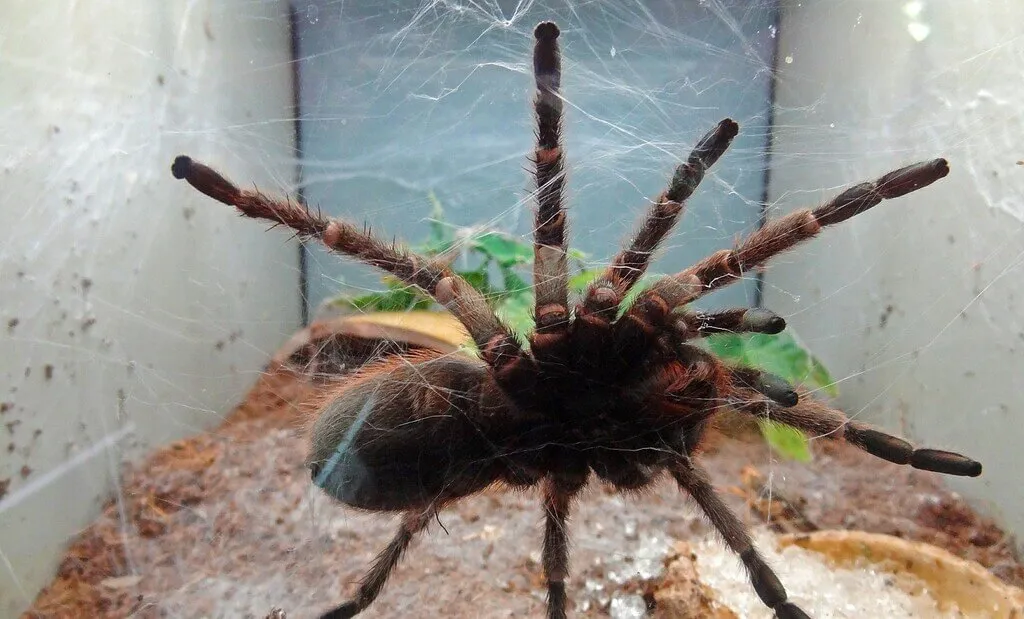
Selecting the right thermometer is important for accurate readings. Digital thermometers are often preferred for their ease of use and accuracy. They usually come with a probe that can be placed inside the enclosure, providing a precise temperature reading. Analog thermometers can also be used, but they may be less accurate and harder to read. Consider a thermometer with a clear display and a wide temperature range. It is recommended to have a thermometer that also measures humidity to provide a more complete picture of the enclosure’s environment.
Placement of Thermometers
The placement of the thermometer significantly impacts its accuracy. Place the probe or sensor in the middle of the enclosure, avoiding direct contact with any heat sources or the enclosure walls. The probe should be at the same level as the tarantula’s preferred resting or climbing areas. If you have multiple thermometers, consider placing one near the top of the enclosure and one closer to the substrate to get a good sense of the temperature gradient. Remember to regularly check the thermometer to ensure accurate readings and make necessary adjustments. Make sure the thermometer is easily visible for quick temperature checks.
Maintaining Temperature
Maintaining the correct temperature requires careful planning and the use of appropriate heating methods. Choosing the right equipment and monitoring it regularly will help you create a healthy and comfortable environment for your pink toe tarantula. Various options are available, each with its own advantages and disadvantages. Understanding these methods and their applications will help you provide the best care for your tarantula.
Heating Options for Tarantula Enclosures
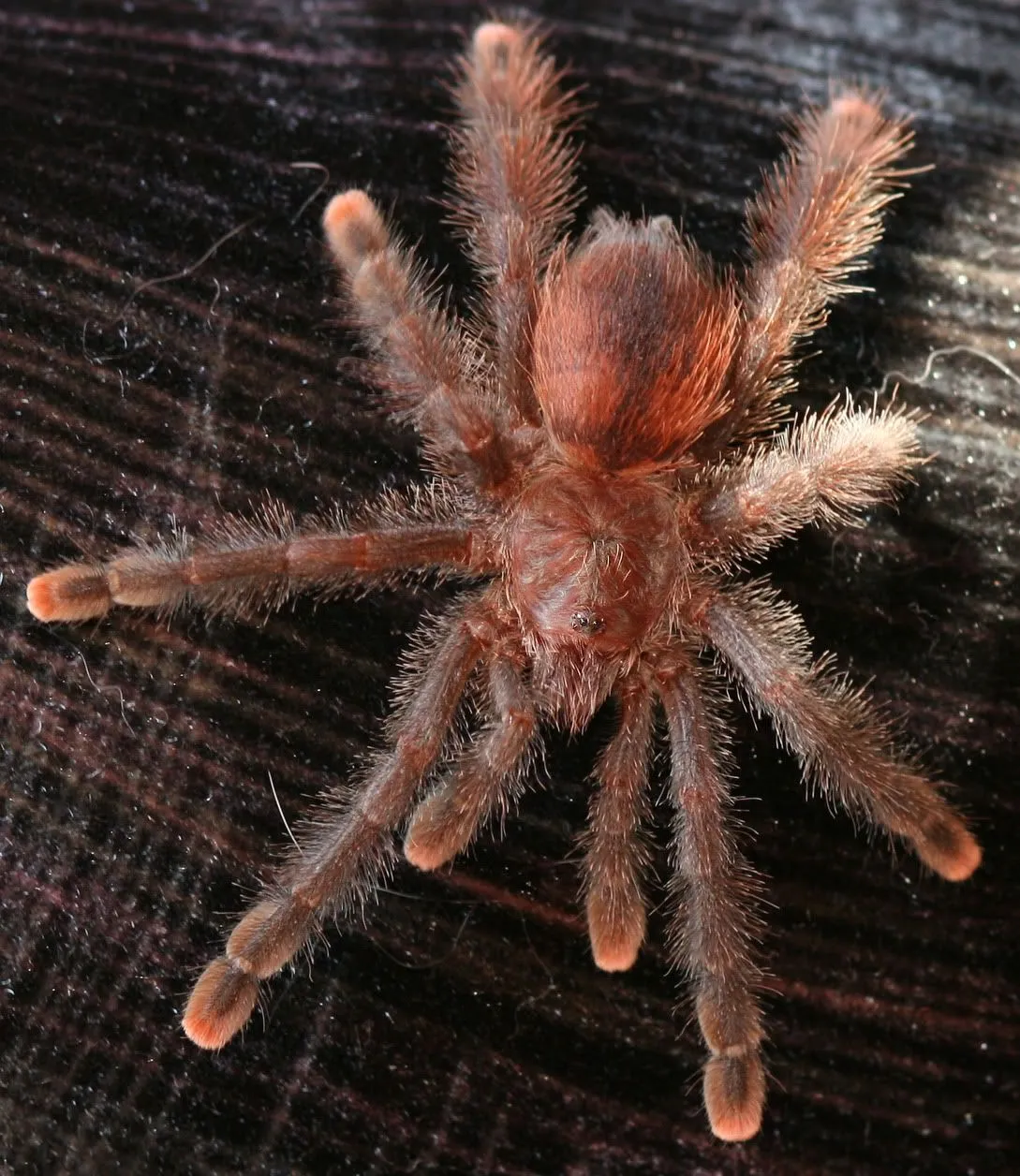
Several heating options can be employed to maintain the required temperature in your pink toe tarantula’s enclosure. Heat lamps and heat mats are the most commonly used options. It is crucial to choose a heating method appropriate for your enclosure size, the local climate, and the specific needs of your tarantula. Always prioritize the safety of your tarantula, ensuring that the heating elements are used correctly and do not pose a risk of burns or overheating. Carefully consider all options before making a decision.
Heat Lamps
Heat lamps can be an effective way to heat a tarantula enclosure, especially if you need to increase the overall temperature. When using a heat lamp, use a low-wattage bulb specifically designed for reptile or terrarium use. Position the heat lamp above the enclosure, ensuring there is enough distance to prevent overheating. Monitor the temperature carefully and use a dimmer or thermostat to regulate the heat output. Consider using a ceramic heat emitter (CHE) for a more consistent heat source, especially if your home gets cold at night. Always ensure the heat lamp is properly secured and away from flammable materials.
Heat Mats
Heat mats are a popular choice for heating tarantula enclosures. They are typically placed on the side or under the enclosure and provide a gentle, consistent heat source. When using a heat mat, attach it to the side of the enclosure or place it under the enclosure, covering only a portion of the base. It is crucial to use a thermostat with the heat mat to prevent overheating. The thermostat helps regulate the heat output, maintaining a consistent and safe temperature. Never place the heat mat directly inside the enclosure, as it can be a burn hazard. Always follow the manufacturer’s instructions.
Avoiding Overheating
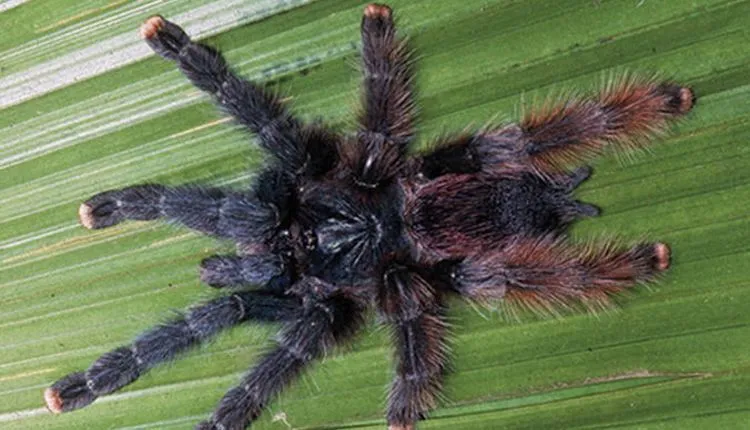
Overheating is a serious concern that can harm your pink toe tarantula. To prevent overheating, use a thermostat to regulate heat sources, such as heat lamps and mats. Regularly monitor the temperature with a reliable thermometer, checking the temperature in several locations within the enclosure. Provide a thermal gradient, creating cooler and warmer zones, so the tarantula can regulate its body temperature. Ensure that the enclosure has adequate ventilation to prevent heat buildup. If the temperature exceeds the recommended range, immediately adjust the heat source or relocate the enclosure to a cooler location.
Humidity and Temperature Relationship
Humidity and temperature are closely linked and work together to create a suitable environment for your pink toe tarantula. Maintaining the correct humidity levels is just as crucial as maintaining the correct temperature. These two factors together create the perfect microclimate for your tarantula. It is essential to understand how humidity and temperature interact and how to manage them effectively. Proper humidity and temperature can help keep your tarantula healthy and happy.
How Humidity Affects Temperature
Humidity can significantly affect the temperature within an enclosure. Higher humidity levels can make the enclosure feel warmer, especially if the temperature is already in the higher range. Conversely, lower humidity can make the enclosure feel cooler. It is important to balance the temperature and humidity to create a comfortable and healthy environment. Regularly monitoring both temperature and humidity is key to keeping everything in balance. Use a hygrometer to measure the humidity level.
Creating the Right Environment
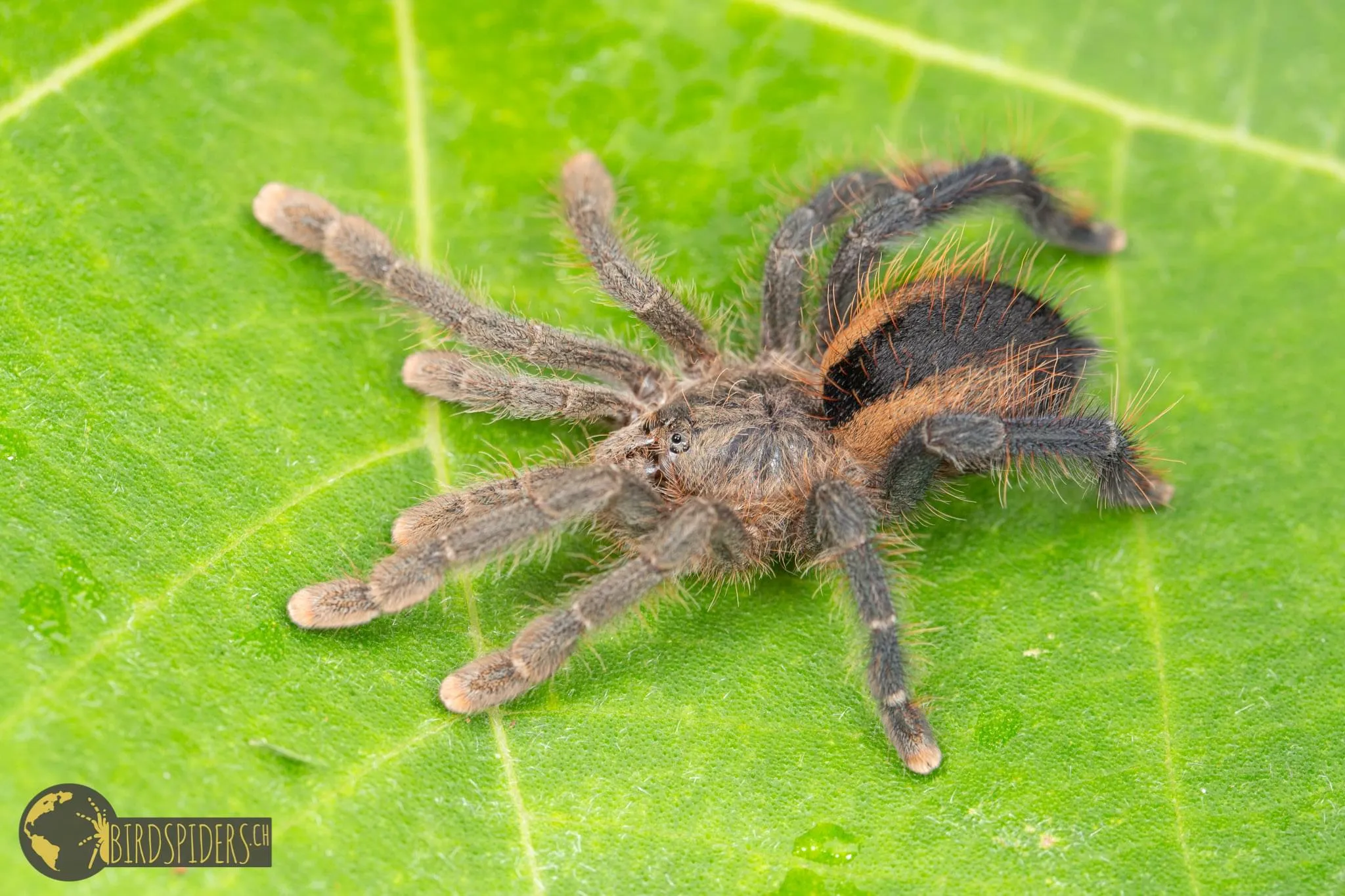
Creating the right environment for your pink toe tarantula involves more than just temperature and humidity; it also includes selecting appropriate substrate and ensuring adequate ventilation. A well-designed enclosure that mimics the tarantula’s natural habitat will contribute to its overall health and well-being. These factors work together to create a safe and healthy living space for your tarantula. This helps it thrive in captivity.
Substrate and Ventilation
The substrate is the material used to line the bottom of the enclosure, and it plays a critical role in maintaining humidity and temperature. Choose a substrate that retains moisture, such as coconut fiber, sphagnum moss, or a mix of both. Avoid substrates that can mold easily. Proper ventilation is equally important. Ensure that the enclosure has good airflow to prevent the buildup of excess moisture and reduce the risk of mold growth. Ventilation can be achieved through strategically placed air vents or a screen top. Combining the right substrate with good ventilation creates the perfect environment.
Importance of Proper Ventilation
Proper ventilation is a must for a healthy tarantula. It is essential for regulating the enclosure’s humidity and preventing the growth of mold and bacteria. Good airflow helps to dissipate excess moisture, reducing the risk of respiratory infections. Ensure that the enclosure has vents placed strategically to allow for adequate air circulation. Avoid completely sealing the enclosure, as this can lead to a buildup of humidity and harmful gases. The correct combination of ventilation and temperature control helps create a safe and healthy environment for your pink toe tarantula.
In conclusion, maintaining the correct temperature is vital for the health and well-being of your pink toe tarantula. By understanding the ideal temperature range, using appropriate heating methods, and regularly monitoring the enclosure’s conditions, you can create a thriving environment for your pet. Remember to always prioritize the tarantula’s needs and make adjustments as necessary to ensure its comfort and longevity. With proper care, your pink toe tarantula can live a long and healthy life. Providing the right environment is key for their happiness.
